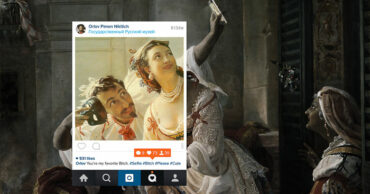
Dr. Seuss was an author, a poet, a political cartoonist, an artist and an animator. He was born as Theodor Seuss Geisel in Springfield, Massachusetts on March 2, 1904. His books have been read by generations of Americans as well as children from across the globe. Many people credit his books for helping their children to learn to read. His books are so popular that many of them have been adapted into a film. Despite his popularity, there have been claims recently that the works of this well-known and talented author are racist. However, there are others that disagree with this claim.
There are two separate incidents that have caused the works of Dr. Seuss to become controversial. The first was when the first lady Melania Trump donated one of Dr. Seuss’ picture books to a library and the school librarian rejected the book. She claimed that it was racist and the books were no longer necessary or relevant.
The second incident involved the Seuss museum saying they will remove one of its exhibitions after claims it is racist. The museum is located in Seuss’ hometown, Springfield, Massachusetts and the exhibit in question is a mural featuring a character from the 1937 book ‘And to Think That I Saw It on Mulberry Street’. It is about a boy who tells an elaborate story about all the things he saw while taking a walk. One of the characters he meets is a Chinese man who is depicted by an illustration in the book wearing a silk robe, platform sandals, and a coolie hat. He is also carrying chopsticks and a bowl of rice.
Three authors said they would refuse to attend any events at the Seuss Museum claiming that the illustration included in the mural is a racial stereotype. This led to the museum making the decision to remove the mural from the exhibition. While most people agree that the work of Dr. Seuss is eccentric, there are some experts who argue against the claims that he was racist and others who take a balanced stance between these two opposing views.
Ann Neely is a professor of children’s literature who works at Vanderbilt University in Nashville. She argues that the author was simply a product of his time, suggesting that his depictions were based on his own limited cultural experiences rather than intentional racial hatred. She agrees that the illustrations of the Chinese man are inappropriate, stereotypical, and have the potential to cause offense. Therefore, she believes that the museum has made the right decision by removing the mural.
She went on to say that there are many of Seuss’ books that are excellent for helping children to read, such as ‘Green Eggs and Ham’ and ‘One Fish, Two Fish, Red Fish, Blue Fish’. However, there are many other more current authors and illustrators who have created books that teach children about the concept of a story. One example of this is the ‘Elephant and Piggie’ series of 25 books written by Mo Willems.
Neely argues that while some of Dr. Seuss’ characters are racist and stereotypical, people should not judge the author by the standards of today as the nostalgia of adults can prevent them from allowing children to choose their own literature and limit the options available.
Another professor of children’s literature, Philip Nel from Kansas State University, also added his opinions to the argument. Nel has studied the work of Seuss in-depth and authored the books ‘Was the Cat in the Hat Black?’ and Dr. Seuss: American Icon’. Nel spoke to USA TODAY and told them that Dr.Seuss’ books contained both racist and anti-racist themes.
Nel gave ‘Horton Hears a Who!’ and ‘The Sneetches’ as examples of Seuss using anti-racist themes, as both storylines are about defending those who are bullied for their differences. The professor also explained that racism is a theme that runs through children’s culture and this can happen even when people are not aware of it taking place. He argues that when there is racism in a book, people often do not take too much notice of it and make the assumption that only adults will understand what a story is implying. However, he says this is an under-estimation of the understanding and intelligence of children.
 Follow Us
Follow Us





